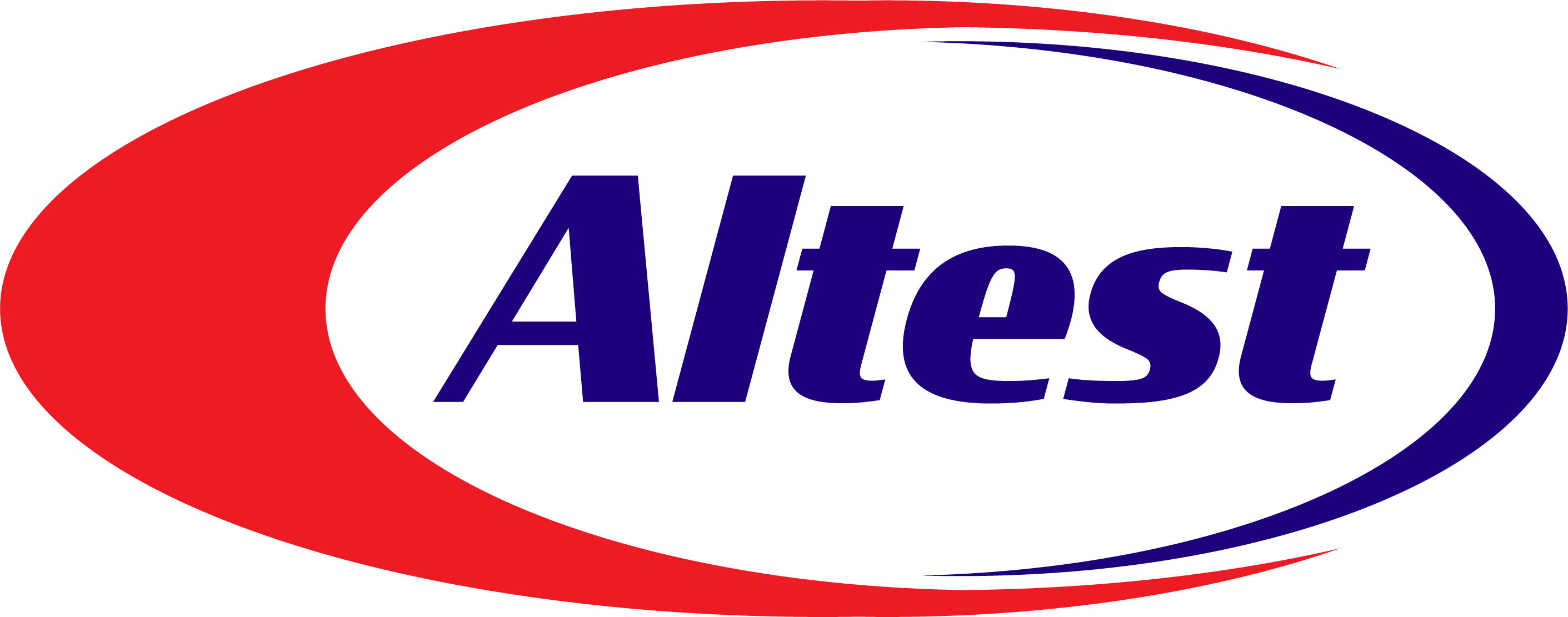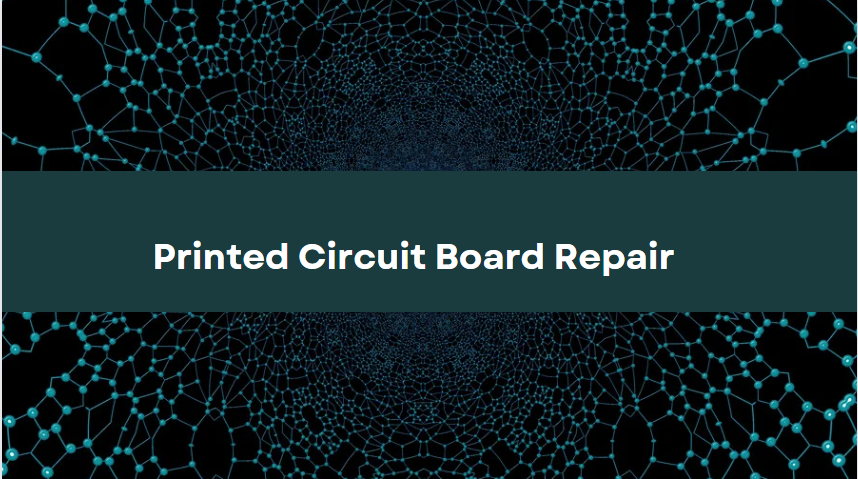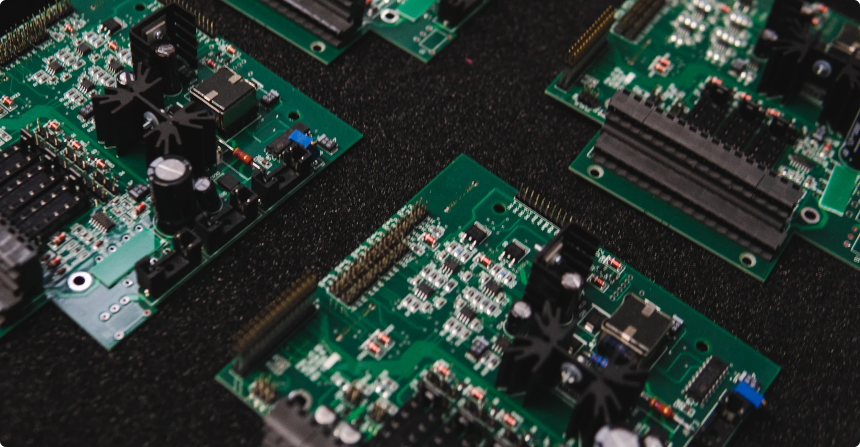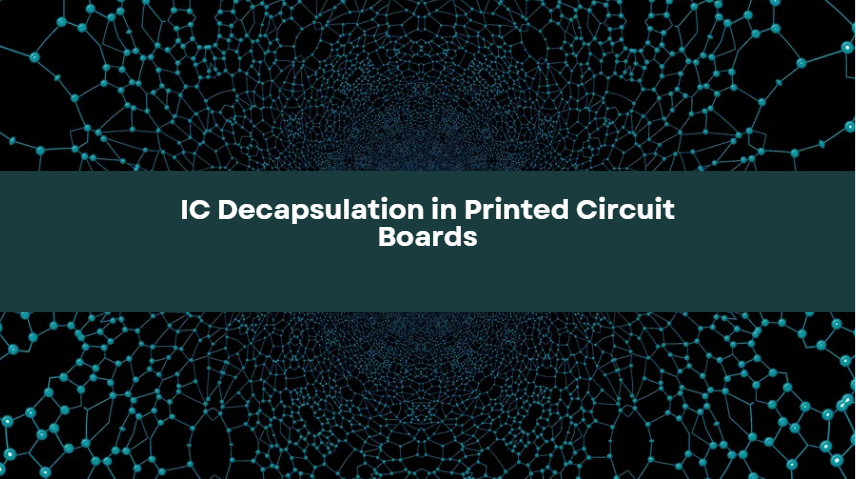Unlocking Efficiency with IC Decapsulation in Printed Circuit Boards

Admin, February 19,2024
Optimizing Flexibility and Durability In Printed Circuit Board
Exploring Isola Laminate Systems with Rogers 4350b for Black PCBs with ENIG Finish and Tenting Vias"
Optimizing Flexibility and Durability
Different companies offer advanced PCB essentials and Isola is one of them. When it comes to Isola laminate systems, you will get a complete package, including design, fabrication, and marketing. It gives you high-end materials for a multi-layer PCB being used in industries like consumer electronics, computers, communication devices, networking equipment, automotive, medical, and aerospace. Here, we will discuss the Isola PCB in detail.
Isola circuit boards come up in different materials as discussed below:
Dielectric Material: It is also, known as prepreg or Previously Impregnated material that provides multiple features, including electrical insulation. The material is a combination of resin and fiberglass of which resin manages the thermal, physical, and electrical properties of the Isola circuit board.
Copper Lamination: Also known as copper clad a kind of laminate having prepreg laminate and copper foil. You have to compress one or multiple prepregs and copper layers at a time. High heat and pressure provide such compression.
What Do You Get From Isola PCB
Isola PCB offers lots of benefits, such as:
Latest Material: Isola circuit boards have advanced materials and technology. Its materials provide strong signals and thermal conduction.
Great Performance: Isola helps create powerful boards carrying high-speed signals and involves minimum signal loss.
Thermal Management: It helps in heat dissipation, reducing the overheating of components. Thus, you get a functional board and device.
Consistent Signals: Isola ensures consistent signals without any distortion. Moreover, electrical signals maintain their strength during transmission.
Dependable: You can depend on Isola as it brings durability and reliability in the long run. Hence, it is an ideal choice where you need a device with a consistent and smooth function.
Manufacturing of Isola PCB
Isola PCB is a multi-layer PCB having prominent features like CCL and prepreg.
- First of all, manufacturers etch the laminate surface to create a circuit.
- Then comes the making of a multilayer board by combing etched laminates with prepreg layers between the laminates.
- Then comes drilling and plating to create the electrical paths between different layers. Eventually, you get a multilayered and dense board for mounting different components.
Benefits of Isola Prepregs
The materials involved in Isola PCB bring some prominent features, such as:
- They are free from halogen.
- They provide a strong bonding of different layers.
- The materials enhance manufacturing as there is less brittleness.
- Their resin system is also durable.
- They offer high-end thermal management, as well as resistance.
- They help reduce de-lamination caused by machining.
Isola creates multi-layer PCBs, hence it has to be flexible. A flexible PCB is easy to manage and divide into different layers. You can bend it as you want and can get freedom in terms of PCB design and function.
Why Isola Gives Tenting Vias
As you know, printed circuit boards have plated-through holes known as vias which transmit electrical signals in the PCB layers. Vias are essential for a PCB, especially if it is multilayered. Copper plating also makes vias conductive.
Engineers practice three types of vias, including:
Exposed or open vias: As the name shows, you don’t have to cover these vias.
Closed Vias: They are covered or masked and are also known as filled vias.
Tenting Vias: These vias are half open and half closed.
Isola like several other manufacturers prefers tenting vias. The company uses different materials for covering vias to help in conducting the signals and heat dissipation.
Different factors determine if you should tent the via, such as via size, PCB design, and its manufacturing terms and conditions. However, it is easy to tent small vias like having 12mil dia or less than it. Experts don’t recommend tenting the large vias having a size up to 15mil, so they should be filled.
Purpose of Via Tenting: The basic purpose of tenting is to protect vias from the surrounding environment, making the printed circuit board reliable. It is either a solder mask or a dry protective layer to prevent dust, debris, or moisture. Such environmental elements can enter the holes, resulting in short circuits or PCB damage.
Tenting vias are ideal for PCBs facing any harsh environments or they are suitable for high-speed signals.
Other than via protection, tenting reduces the loss of signals and cross-talk in high-speed circuit boards.
The via covering through tenting reduces coupling that occurs between closed traces. Hence, it reduces signal interruption, making them strong.
Via tenting is very economical compared to epoxy or mask plugging.
LPI is a cheap form of via tenting through a solder mask. It is a Liquid Photo Imageable. However, PCB manufacturers use other high-quality and expensive resins to avoid the angular rings.
Isola uses ENIG to finish their PCBs. It is a method of finishing open vias with gold, hence copper stays free from corrosion. Eventually, you get a durable and long-lasting board.
If your project is in a prototype stage, you should keep the vias exposed to enable fixing and trace rerouting.
Note: Via filling does not affect the conductivity as the electrical signal’s impedance doesn’t happen in copper plating. However, open vias don’t expose copper to the environment as the surface finish of the board provides plating.
Understanding Rogers4350b
Rogers4350b is a laminate material for PCB having a high frequency. It consists of ceramic filling and Roger’s corporation creates it for high-speed and RF PCB.
Some prominent features of Rogers 4350b are:
- The board prevents signal loss, hence you get strong signals in a PCB.
- The material has a great thermal performance as the glass transition temperature is high.
- The coefficient of thermal expansion is low at the z-axis which makes it very reliable.
- The dielectric constant is also low, hence it offers high-speed signals.
Where To Use Rogers4350b
- Rogers4350b is ideal for satellite systems and radars.
- It helps create high-speed computing at an advanced level.
- Rogers 4350b is ideal for measurement and testing devices.
Properties and Materials Of Rogers4350b
Rogers4350b is a combination of ceramic and fiberglass reinforcement. It is made by joining two-sided laminate surfaces having a copper clad. Let’s look at the composition of Rogers4350b:
Material for Reinforcement: Fiberglass in a woven form
Resin Type: Cyanate ester
Material for Filling: Ceramic
Rogers4350b offers three prepreg options of which 3.6 mil is the thinnest. The lamination cycle has particular requirements in terms of prepreg. In the case of Roger’s 4350b, the prepreg needs very high pressure to have effective lamination which increases its manufacturing cost. The Tg is also low as having more than one lamination is hard. Rogers4350b PCB involves a cap construction which is not ideal for dense boards having high layer counts.
However, rogers4350b is excellent for high-power PCB, hence engineers prefer it to have signal integrity. On the other hand, its design and manufacturing are more complex than other materials. As it is costly, so it’s not ideal for large productions.
How to Do Isola and Rogers 4350b PCB Differ
Both Isola and Rogers PCB bring the same qualities as they offer great stability. Both are ideal for dielectric multi-layer circuit boards. You will see them in heavy equipment, aerospace and satellites, communication gadgets, etc. On the other hand, Isola PCB is more reliable in terms of thermal management as its prepreg materials are flame-retardant. Whereas the Rogers PCB has non-brominated materials that don’t resist flames.
PCB Colors
The system often involves a black PCB, however a green circuit board is the most common. Other than these, PCB is available in blue and red. Isola black PCB has a black solder mask to eliminate the effect of reflected light on the PCB function. Apple also uses a black PCB in its products.
A black solder mask is also good at absorbing heat that occurs during reflow. Moreover, a black PCB’s silkscreen also happens to turn the light into brown or some other color that can absorb heat. Engineers have to plan the color of the circuit board before the molten stage. You can see a black circuit board in very high-quality devices.
FAQs
What is a Bare PCB
A bare PCB is a circuit board without vias, components, or conductors. You can also call it a blank circuit board with substrates, pathways, and metal coating and patterns. Testing a bare PCB can help you detect its flaws before the component assembly.
What are Vias in a PCB?
PCB vias are plated through holes to provide routes for signal transmission between multiple layers in the circuit board.
What are Tenting Vias?
Tenting vias are half open and half closed. Only small vias should be tented.
Final Thoughts
A multi-layer board based on the Isola laminate system involves several processes. First, the laminate’s copper needs etching to have an electronic circuit. Then comes the assembly of the laminates to create a multi-layer board by putting prepreg surfaces between etched laminates. Now, comes the formation of electrical paths between layers through vias and plating. As a result, you get an interconnected piece for mounting the components and semiconductors.
YOU MIGHT ALSO LIKE
Share:




